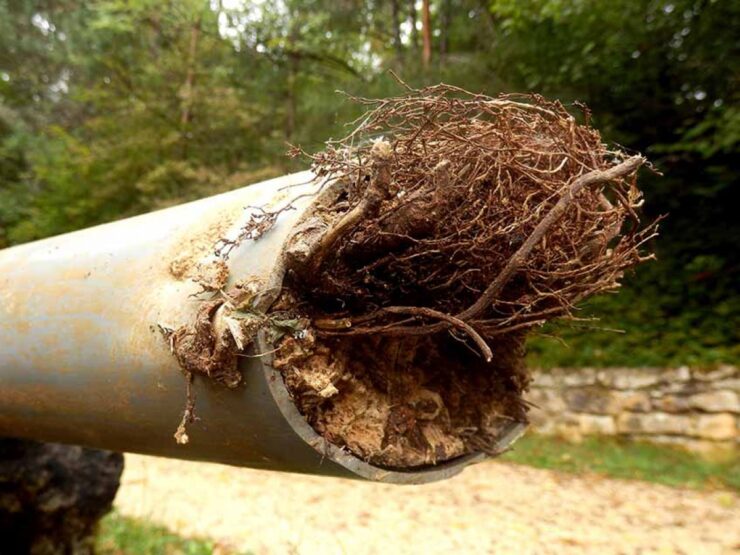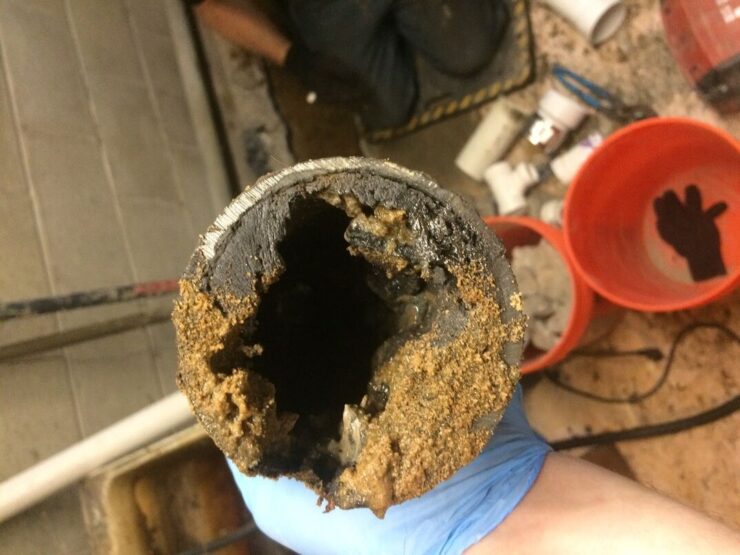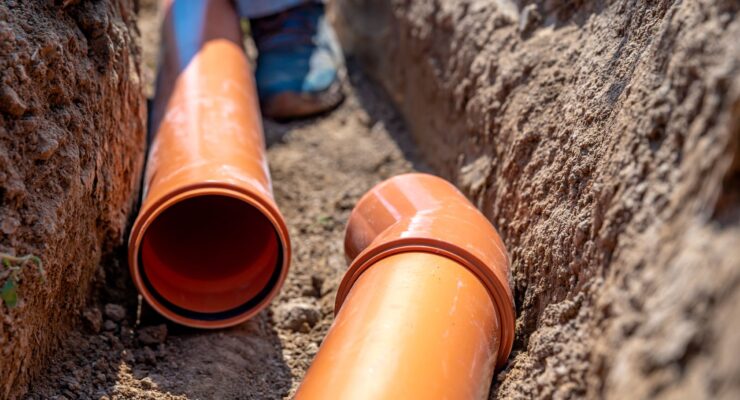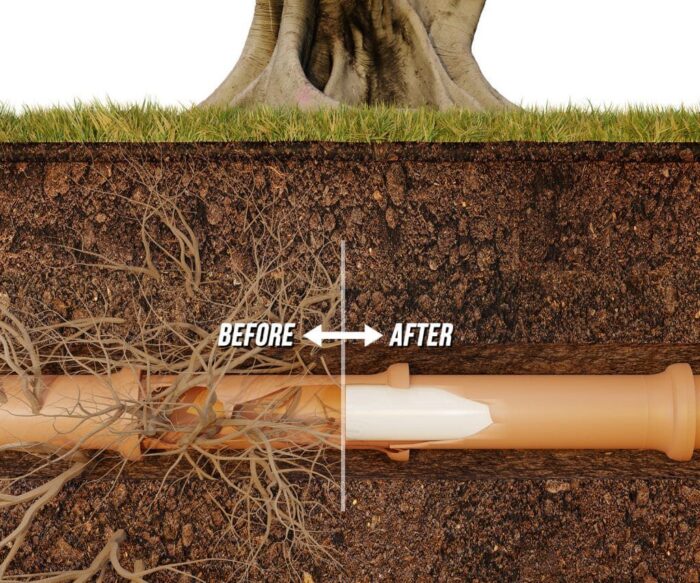Sewer issues can be a homeowner’s worst nightmare, bringing with them costly repairs, unsanitary conditions, and even potential damage to your property. However, trenchless sewer repair has emerged as a reliable, cost-effective, and non-invasive alternative to traditional sewer repair methods. This innovative approach addresses the common problems associated with sewer lines without the need to dig up your yard.
In this comprehensive guide, we’ll explore the ins and outs of trenchless sewer repair, including common issues and how to avoid them. We’ll also discuss the benefits of this modern technique, helping you make informed decisions about your sewer system.
Table of Contents
Understanding Trenchless Sewer Repair

Before we dive into the common issues and how to avoid them, it’s essential to understand what it is and how it works. Trenchless sewer repair is a method used to fix underground sewer pipes without digging up your property. It involves the use of advanced technologies, such as pipe bursting, cured-in-place pipe (CIPP) lining, and pipe reaming, among others.
Pipe Bursting
Pipe bursting is a method where a cone-shaped bursting head is pulled through the existing sewer line, breaking apart the old pipe and simultaneously pulling a new pipe into place. This technique is suitable for replacing severely damaged or collapsed pipes.
Cured-in-Place Pipe (CIPP) Lining

CIPP lining involves inserting a flexible liner, saturated with a special resin, into the damaged pipe. Once in place, the liner is inflated, and the resin hardens, creating a new pipe within the old one. This method is ideal for repairing small cracks, leaks, and minor pipe damage.
Pipe Reaming
Pipe reaming is another trenchless repair method that involves removing the existing pipe and replacing it with a new one using a reaming tool. The reaming tool grinds away the old pipe while simultaneously pulling the new pipe into place. This technique is useful for repairing pipes that are severely corroded, damaged, or misaligned.
Now that we have a basic understanding of trenchless sewer repair, let’s explore the common issues and how to avoid them.
Common Issues and How to Avoid Them
It is a popular method for fixing these pipes without the need for digging up the surrounding area. While trenchless repair has many benefits, there are also some common issues that homeowners may experience.
Tree Root Intrusion

One of the most common issues with sewer lines is tree root intrusion. Tree roots are naturally attracted to the moisture and nutrients found in these pipes. Over time, they can grow into the pipe, causing blockages and even breaking the pipe.
How to Avoid: To prevent tree root intrusion, avoid planting trees with aggressive root systems near your sewer line. Regularly inspect your line for signs of intrusion, and consider installing root barriers around your pipes.
Pipe Corrosion

Pipe corrosion is another common issue that can lead to leaks and pipe failure. Older homes with cast iron or clay pipes are especially susceptible to corrosion, as these materials can deteriorate over time.
How to Avoid: To prevent pipe corrosion, consider upgrading your sewer line to a more durable material, such as PVC or high-density polyethylene (HDPE). Regular inspections and maintenance can also help identify and address corrosion issues before they become severe.
Misaligned Pipes
Misaligned pipes occur when the sections of the sewer line don’t line up correctly, leading to blockages and leaks. This can be caused by poor installation, ground movement, or tree root intrusion.
How to Avoid: Proper installation and regular inspections can help prevent misaligned pipes. If your sewer line is already misaligned, trenchless repair methods, such as pipe relining or pipe bursting, can be used to correct the issue without the need for extensive excavation.
Pipe Collapse
A pipe collapse occurs when the structural integrity of the sewer line is compromised, often due to external pressure, corrosion, or damage from tree roots. Collapsed pipes can lead to sewage backups, foul odors, and even sinkholes in your yard.
How to Avoid: Regular inspections and maintenance can help identify potential problems before they lead to a pipe collapse. If your line is already compromised, consider trenchless repair methods to replace the damaged sections without extensive excavation.
Clogged Pipes

Clogged pipes are a common issue that can result from grease, debris, and other foreign objects accumulating inside the sewer line. These blockages can lead to slow drains, sewage backups, and even pipe damage if left untreated.
How to Avoid: To prevent clogged pipes, avoid disposing of grease, oils, and non-biodegradable items in your drains. Regular sewer line maintenance, such as hydro-jetting, can help remove buildup and keep your pipes flowing smoothly.
Benefits
Now that we’ve covered the common issues and how to avoid them, let’s discuss the benefits of opting for trenchless sewer repair.
Cost-Effective
Trenchless repair methods can save you money in the long run, as they often require fewer labor hours, less equipment, and minimal property restoration compared to traditional excavation methods.
Less Invasive
One of the most significant advantages of trenchless sewer repair is that it’s less invasive, with minimal disruption to your property. This means you won’t have to worry about extensive excavation, damaged landscaping, or an unsightly mess in your yard.
Faster Repairs
It is typically much faster than traditional excavation methods, with most jobs completed in a matter of hours or days rather than weeks.
Environmentally Friendly

Trenchless repair methods are more environmentally friendly, as they minimize the disturbance to the surrounding soil and natural habitats. Additionally, the materials used in trenchless repairs, such as HDPE and CIPP liners, have a longer lifespan, reducing the need for future repairs.
Improved Pipe Performance
Trenchless sewer repair can improve the performance of your sewer system by eliminating blockages, sealing leaks, and increasing flow capacity. The use of modern materials like HDPE and CIPP liners can also extend the lifespan of your pipes, reducing the likelihood of future issues.
Conclusion
It offers a reliable, cost-effective, and non-invasive solution to common sewer line issues. By understanding the common problems and how to avoid them, you can maintain a healthy sewer system and protect your property from costly and disruptive repairs. With its numerous benefits, including reduced costs, minimal property disruption, and improved pipe performance, trenchless sewer repair should be a top consideration for homeowners looking to address sewer line issues.
So, the next time you encounter a problem, don’t let it wreak havoc on your property. Instead, consider trenchless sewer repair as a modern, efficient, and environmentally friendly option that could save you time, money, and stress in the long run.

